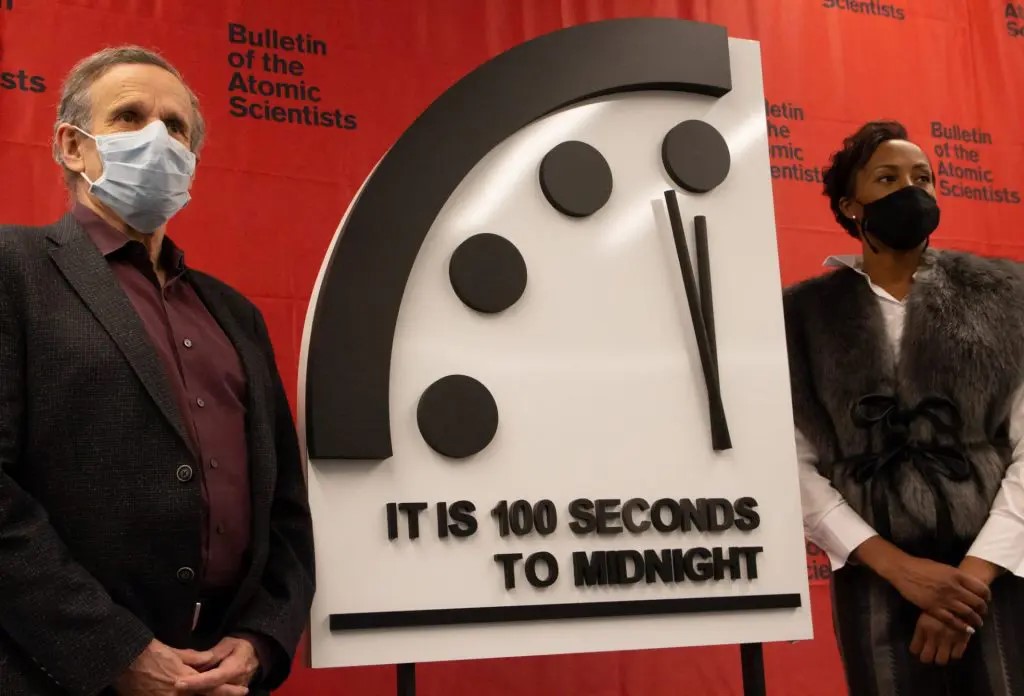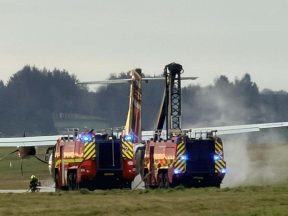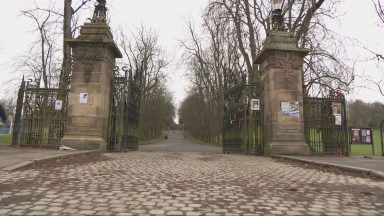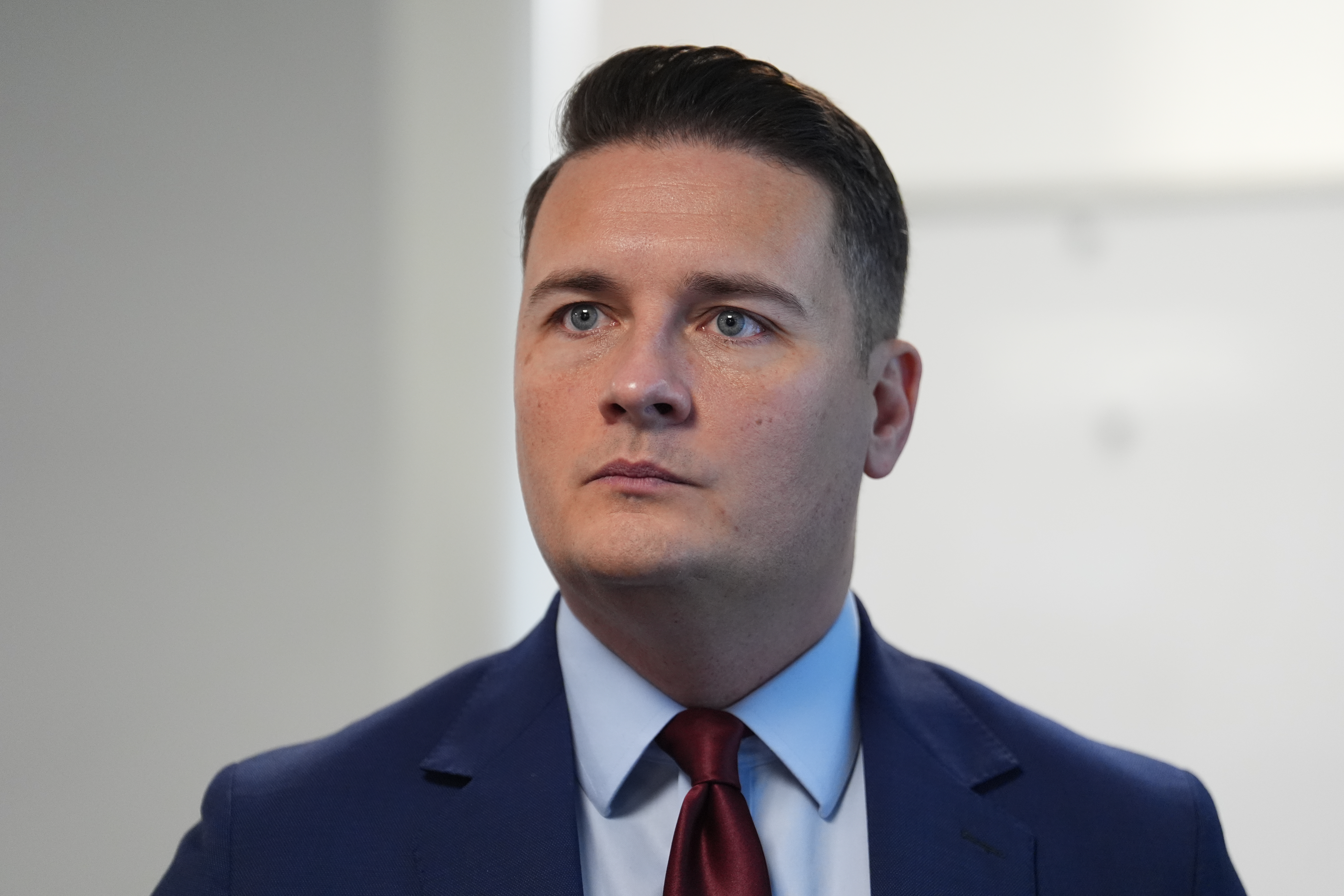The Doomsday Clock has remained at 100 seconds to midnight, the closest it has ever been set to catastrophe.
Formed in 1945 by University of Chicago scientists who had helped develop the first atomic weapons in the Manhattan Project, the Bulletin of the Atomic Scientists created the Doomsday Clock two years later.
The Clock is designed to express how close humanity is to destroying itself.
Rachel Bronson, president and CEO, Bulletin of the Atomic Scientists, said last year’s report predicted the erosion of institutions which led to the early denial of the coronavirus threat and the vilifying of prominent scientists.
The Bulletin warns of the dangers of the “shredding of scientists” and the spreading of conspiracy theories undermining the response to the coronavirus pandemic.
Last week, an international treaty banning all nuclear weapons signed by 51 countries came into force, but the world’s nuclear powers are not signed-up.
The treaty is legally binding on the smaller nations that have endorsed it and it is backed by the leadership of the UN.
Former California Governor Jerry Brown, executive chair, Bulletin of the Atomic Scientists, said: “The US, Russia and the world’s nuclear powers must stop shouting at each other. It’s time to eliminate nuclear weapons, not build more of them.
“Likewise, with climate change: the US, China and other big countries must get serious about cutting lethal carbon emissions – now. It’s 100 seconds to midnight. Wake up.”
Last year, on January 23, the clock was set to 100 seconds to midnight (apocalypse), the closest it has even been.
The Bulletin cited the existential dangers of nuclear war and climate change compounded by a “threat multiplier” of cyber enabled information warfare.
In 1947, the Clock’s creators saw nuclear weapons as the greatest threat to the continuing existence of humankind, in particular the arms race between the United Stares of America and the Soviet Union.
In 2007, the Bulletin first considered climate change in how it set the hands of the Clock.
The decision to move, or to leave in place, the minute hand of the Doomsday Clock is made every year by the Bulletin’s Science and Security Board in consultation with its Board of Sponsors, which includes 13 Nobel laureates.
Follow STV News on WhatsApp
Scan the QR code on your mobile device for all the latest news from around the country


 Bulletin of the Atomic Scientists
Bulletin of the Atomic Scientists

























